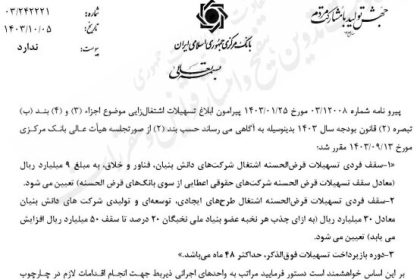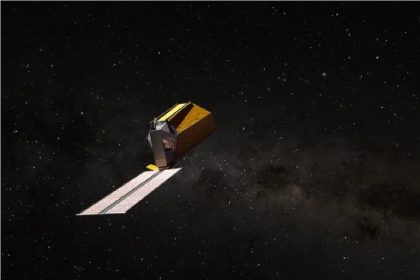New experiments confirm that solar eclipses can cause atmospheric gravitational waves.
According to RCO News Agency, Solar eclipses are fascinating phenomena that have recently been identified as having another special feature. According to the researchers, they can send gravitational waves into the Earth’s atmosphere like the effects of dropping a stone in a pond. Now, an international team of students has measured these gravitational waves for the first time.
Gravitational waves are a common occurrence in the atmosphere. They can be activated when air pockets are pushed up, then sink naturally, but heat up and start rising again. This creates a familiar wave pattern that can be seen on radar images and sometimes even from the ground, as clouds gather over the peaks and clear air remains in the depressions.
The important point is that these ground gravity waves should not be confused with gravitational waves, because gravitational waves are waves in the fabric of spacetime that are caused by cosmic disasters such as collisions of black holes.
Earth’s gravitational waves can be triggered by things like mountain ranges, storms, and even the temperature difference between day and night.
It has long been predicted that solar eclipses should have a similar effect on Earth’s atmosphere. For this reason, a project called the National Solar Eclipse Balloon (NEBP) was designed to explore this issue.
This project, supported by NASA and the National Science Foundation, involves teams of students from different universities sending weather balloons into the sky during the eclipse, each carrying an instrument called a radiosonde that measures temperature, location, humidity, wind direction. and measures the wind speed. All these indicators are recorded every second of the flight and the data is transmitted to the teams on the ground and finally uploaded to a central server for analysis.
The NEBP project first conducted these experiments during total solar eclipses in 2019 and 2020, but both attempts were inconclusive. The first time was because the balloons were launched an hour apart from the same place, and the second time was due to heavy rains.
Therefore, researchers were more prepared for the 2023 and 2024 eclipses. During these two events, 34 teams released balloons every 15 minutes from different locations in the path of the eclipse the day before the eclipse. Locations were chosen that had conditions that would not normally produce gravity waves, so the weather conditions were calm and there were no mountains nearby.
Among the findings of this project, a team in one area saw their balloon fall from an altitude of 25,900 meters to an altitude of 1,800 meters during a solar eclipse.
The vast amount of data collected from this study revealed clear signs of atmospheric gravity waves.
Jie Gong, one of the researchers of this study, said: We put all the data together based on time, and when we plotted that time course, we were able to see gravitational waves. We were absolutely thrilled about it.
The preliminary results of this research, which were presented at the summer meeting of the American Astronomical Society, are available online.
end of message
RCO NEWS

















